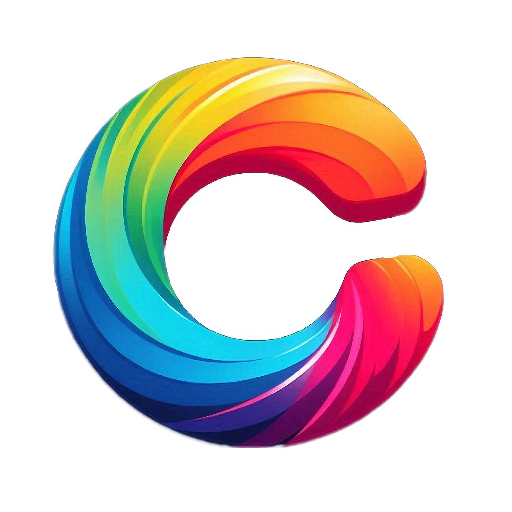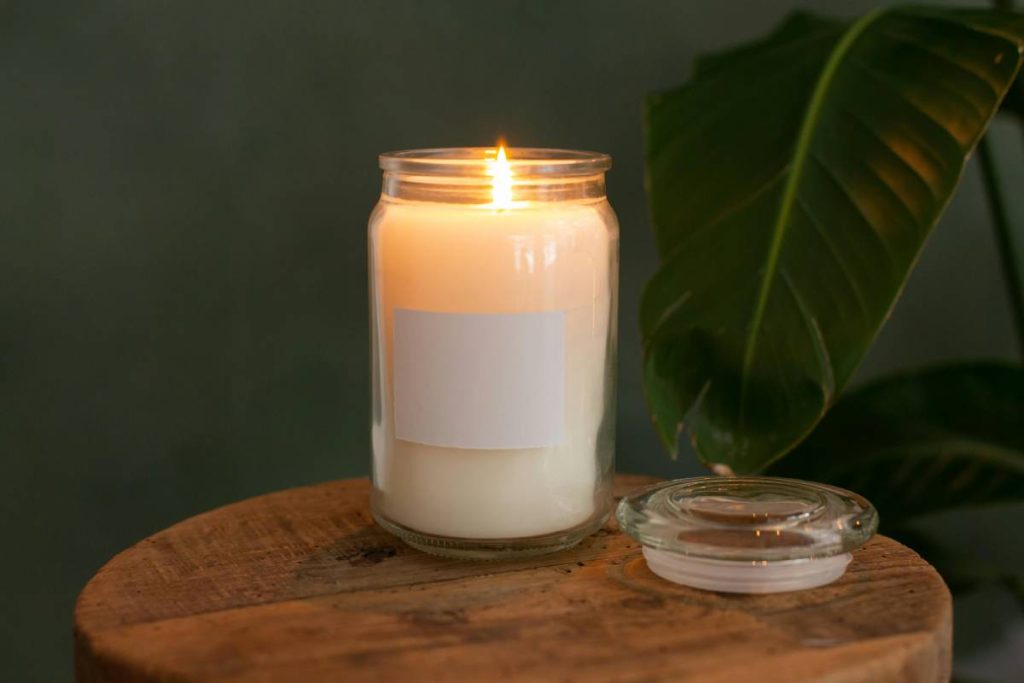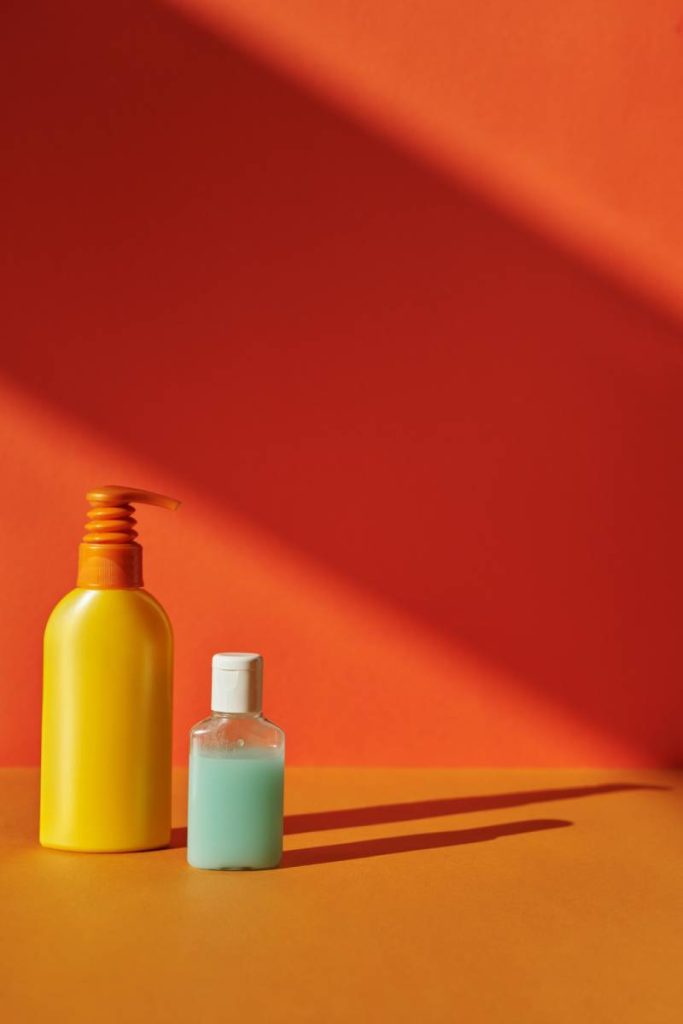Blank Product Photography: How to Take Clean and Clear E-Commerce Product Photos
Blank Product Photography
Blank product photography means taking pictures of items on a plain background, usually white, gray, or neutral tones, without distractions. The goal is to make the product stand out clearly, often used for e-commerce websites, catalogs, and advertising.

History of Product Photography
- In the early 1900s, product photos were mainly illustrations or staged black-and-white images for print ads.
- With digital photography and the rise of online shopping, clear product images became essential.
- Platforms like Amazon, Shopify, and Etsy now require clean white background product shots as a standard.
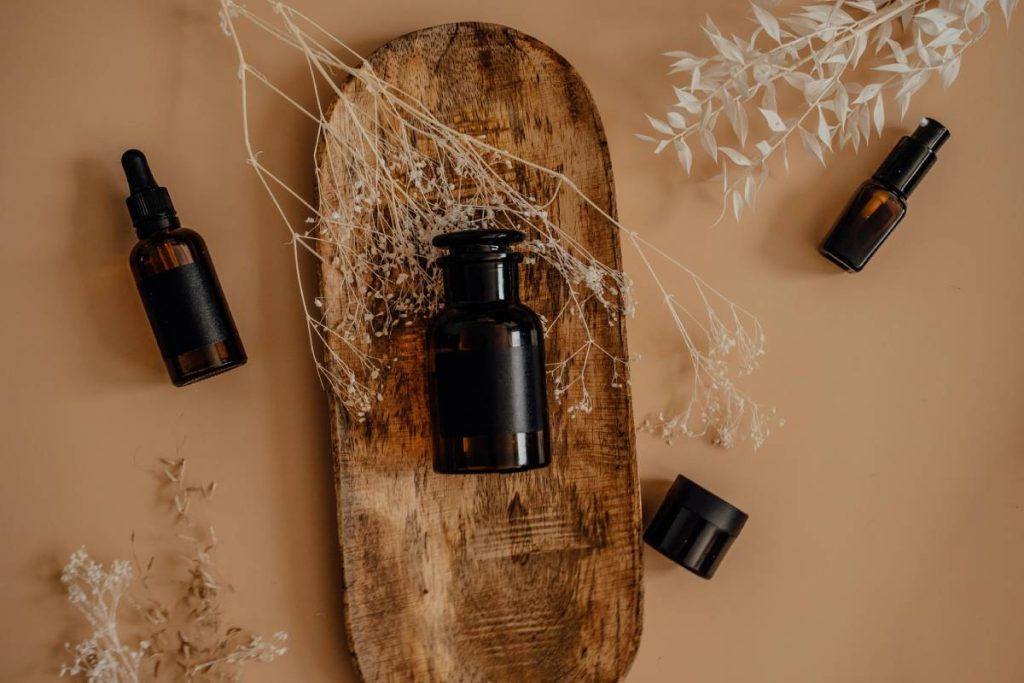
Key Features of Blank Product Photography
- Neutral background (usually white or light gray)
- Even, soft lighting
- No props or minimal props
- Focus on product clarity and accuracy
- High resolution and sharpness
- Often includes multiple angles (front, side, back, detail shots)
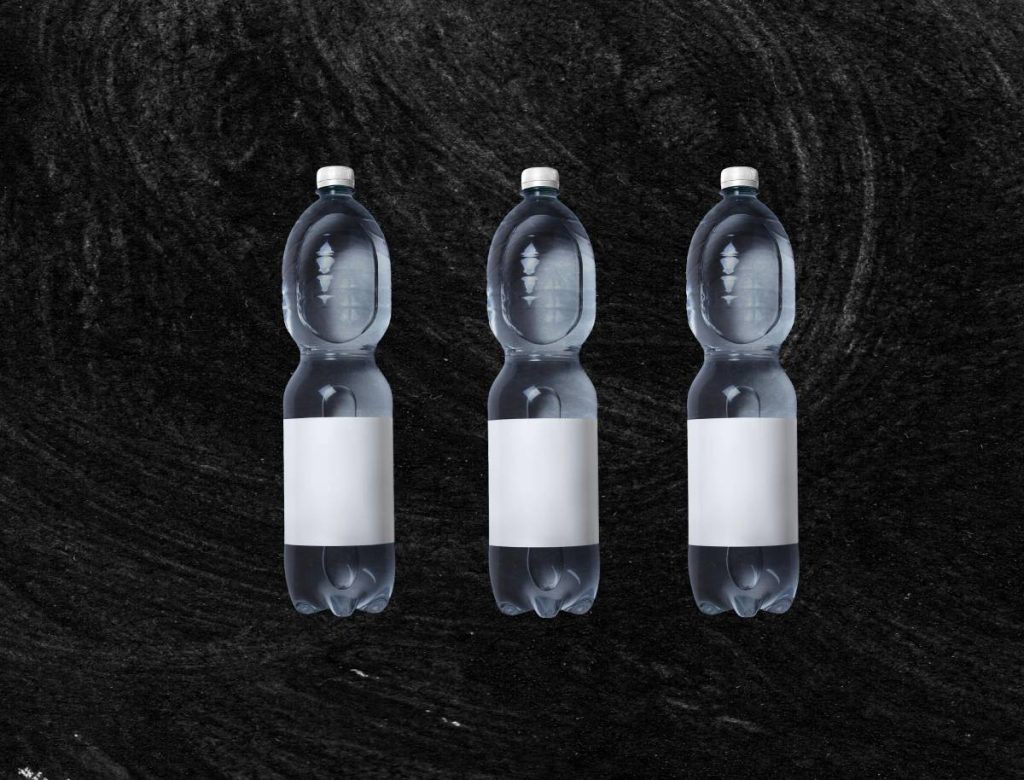
Functionalities and Use Cases
- E-commerce listings (Amazon, Flipkart, Shopify)
- Catalogs and brochures
- Packaging design mockups
- Social media ads
- Product branding and label visibility
Advantages of Blank Product Photography
- Makes the product look professional and consistent
- Reduces distractions so buyers focus on the item
- Easier to edit or remove background
- Meets marketplace standards (like Amazon or Google Shopping)
- Looks clean across varied websites and platforms
Disadvantages of Blank Product Photography
- Can feel boring or flat without creativity
- Doesn’t show product in use or in lifestyle context
- Needs technical lighting skills for best results
- Harder to photograph glossy or reflective products
- Risk of over-editing and making items look unrealistic
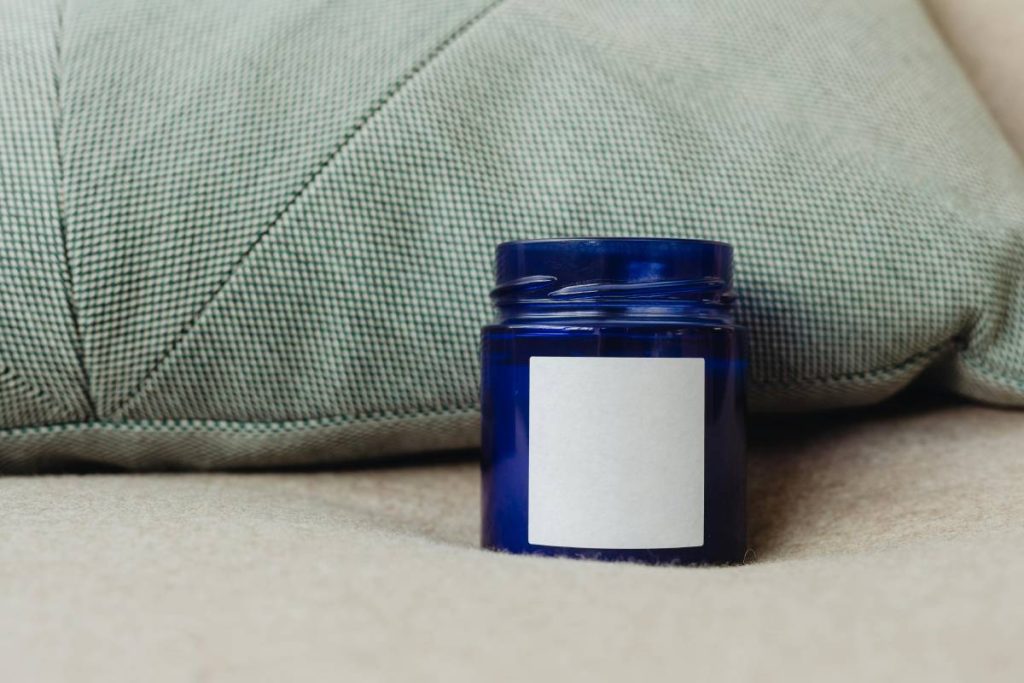
Step-by-Step Guide: How to Start Blank Product Photography
1. Choose the Right Gear
Basic Setup:
- DSLR or Mirrorless Camera (Canon, Sony, Nikon, etc.)
- 50mm or 24–70mm lens (sharp and distortion-free)
- Tripod for stable framing
- White sweep or backdrop (paper, cloth, or acrylic board)
Lighting:
- Two softbox lights (one on each side of the product)
- Light tent or diffusion box for even lighting
- Optional: Reflectors or LED panels for fill light

2. Set Up the Scene
- Use a clean table or shooting surface
- Place the white backdrop in a curved shape (to avoid shadows)
- Put your product in the center, facing forward
- Position lights at 45° angles for soft, even coverage
- Eliminate shadows or dark spots with reflectors
3. Camera Settings for Best Results
- Mode: Manual
- ISO: 100–200 (to reduce noise)
- Aperture: f/8 to f/11 for maximum sharpness
- Shutter speed: 1/125 to 1/250 (adjust based on light)
- White Balance: Set for your light source (or use a gray card)
- Shoot in RAW for easier editing
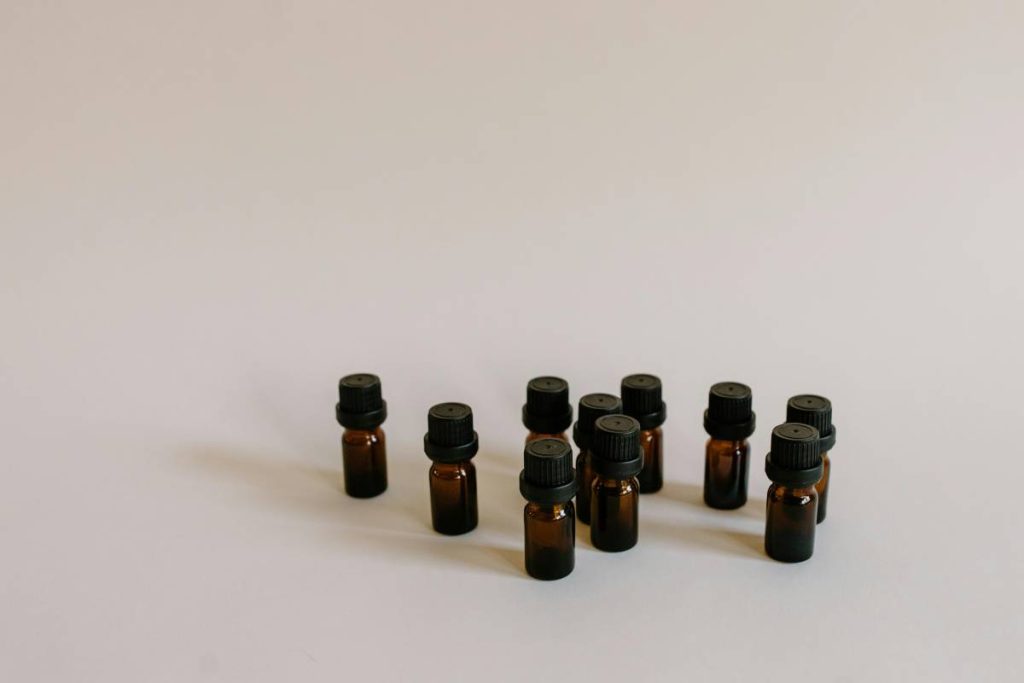
4. Composition and Framing
- Shoot the product alone against a clean background
- Use centered or rule-of-thirds composition based on purpose
- Capture all necessary angles: front, side, back, top, close-ups
- Leave enough space around the product for cropping or layout
5. Editing the Photos
Use tools like Lightroom, Photoshop, or Canva to:
- Adjust brightness, contrast, and white balance
- Remove dust or imperfections
- Crop and resize to fit your platform
- Replace or smoothen the background if needed
How to Become an Expert in Blank Product Photography
- Practice with simple items like mugs, books, or bottles
- Learn studio lighting through YouTube or online courses
- Study marketplace image guidelines (Amazon, Etsy, etc.)
- Experiment with shadows and highlights to add depth
- Build a portfolio for brands or small businesses
- Offer bundle packages for product photos, lifestyle shots, and social media visuals
The Future of Blank Product Photography
- AI-powered background removal and auto-editing tools
- Integration with 3D product views and virtual try-ons
- Use of robotic arms and turntables for 360° photos
- Growth of mobile-friendly studios for small businesses
- Demand for consistent branding across platforms
Despite its simplicity, blank product photography will always be essential in e-commerce, packaging, and advertising for making products look clean, sharp, and sellable.
